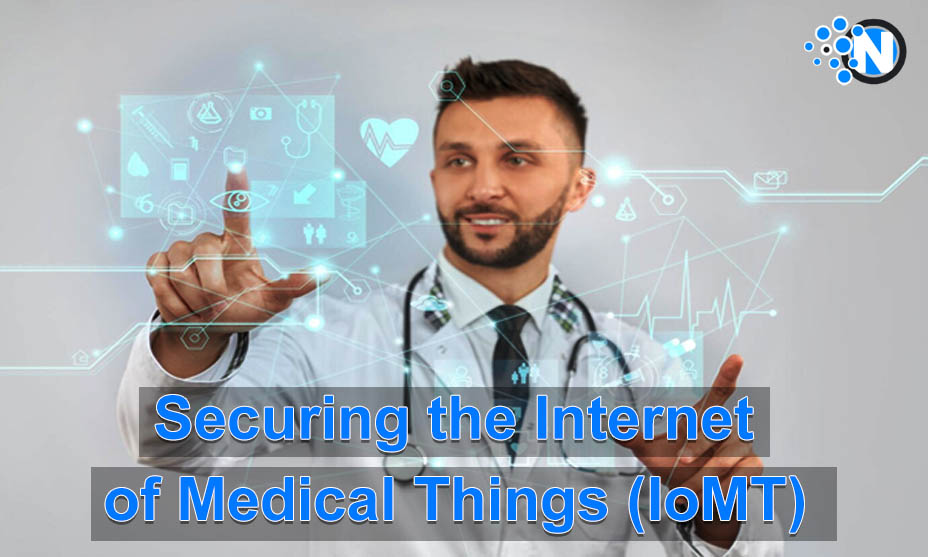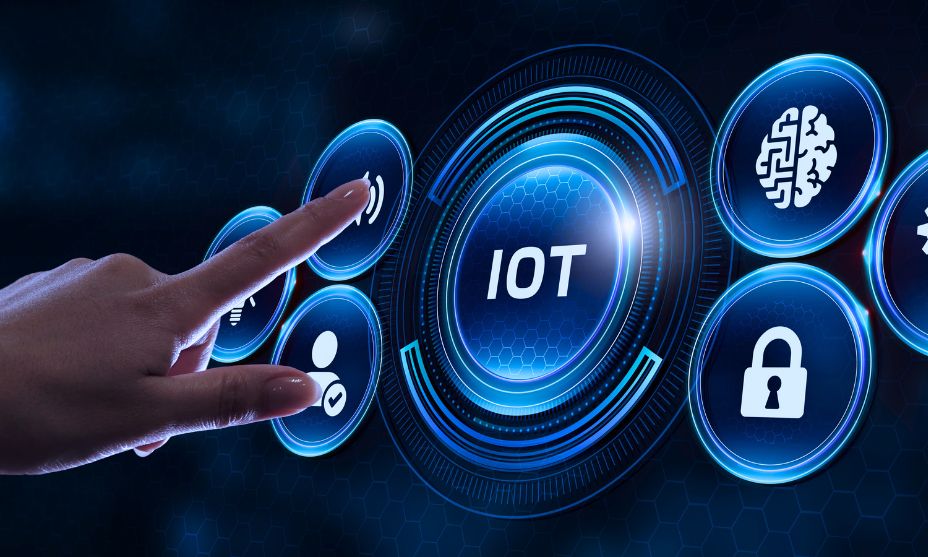Practices For Securing the Internet of Medical Things (IoMT)

IoMT (Internet of Medical Things) is the network of connected medical devices and applications that are Internet-enabled, enabling healthcare practitioners to remotely monitor, track and analyze patients’ health data. IoT healthcare solution provides numerous healthcare advantages, but it also presents many security and privacy challenges. With the growing interconnecting of medical devices, the issue of security is becoming highly critical as the protection of sensitive patient information and the prevention of cyber attacks is a must.
Security and Privacy in IoMT
Security of IoMT involves the integrity and availability of the devices, networks, and data. The integration of IoT healthcare solution has raised the concern about patient data privacy. The fact that health data is critical makes them the most valuable to hackers and therefore the IoMT is the most popular target. Moreover, the connected nature of medical devices itself permits a single error to operate in several devices at once thus resulting in huge data leaks.
Internet of Medical Things IoMT Challenges
The implementation of the IoMT has multiple consequences that patients have to face – out of those security is also considered the most common of all. Here in the below section we are going to discuss more about these.
1. Lack of standardization
The industrial standardization is one of the main challenges related to the IoMT cybersecurity. There are no standard security protocols ever, among the various devices, software, and networks. This makes it hard for healthcare organizations to implement standard security measures leaving areas in their networks open.
2. Cyber attack vulnerability
Billing system attacks can begin with minor data exfiltrations, being pushed further to malware assaults that are capable of disabling the healthcare operational systems and even causing physical harm to patients. IoMT devices can be a source of entry for attackers to the entire healthcare network, which is why healthcare organizations should have solid security measures in place.
3. Inadequate security protocols
Some of the devices have no strong security measures. These devices are not aimed at security, with the key emphasis on functionality and simplicity of use. This is because they are easy prey for hackers who can take advantage of the flaws in the device’s code or network and obtain patient records.
4. Untested software
Because of the rapid development of the IoMT devices, many of them are based on software that has not been extensively tested for security vulnerabilities. This will elevate the level of vulnerability to cyber threats as the existing bug may remain unnoticed till it is too late. Given the patient safety issue, all software operating IoMT devices in healthcare organizations should be tested extensively before being deployed.
5. Limited security updates
The huge number of interlinked devices and applications in healthcare networks often makes it difficult for IT teams to keep track of all the required security updates. If the updates are not installed as fast as possible, the network is exposed to cyber-attacks. More so, some devices may not support the newest safety protocols, making implementation difficult.
6. Use of legacy systems
A lot of healthcare organizations continue to use obsolete systems that are not in line with up-to-date security requirements. Hence, these systems might have unattended vulnerabilities, which renders them more susceptible to attacks by cybercriminals. Legacy systems are difficult to maintain and are expensive to keep running, so, for healthcare organizations, migrating them to safer and more interoperable versions will be a challenge.
7. Employee negligence
Despite all the technological advances in the IoMT, human error is still a significant part of cyber attacks. Employees can unknowingly reveal weaknesses in the network by doing things such as clicking on phishing links, using weak passwords, or getting tricked with social engineering tactics. Adequately training and educating employees on the best cybersecurity practices would prevent such human errors and improve the overall security posture of the organization.
IoMT Security Best Practices:

These best practices can help you understand IoMT security’s potential.
1. Strict access control:
This is the primary level of defence in ensuring the security of the IoMT. Access control is a practice that restricts access to confidential data, and allows only authorized individuals to access it. This can be done using two-factored authentication, which requires a user to provide two types of identification, for example, a password and a text message code, before accessing sensitive data.
Also implementing regular system restart can mitigate certain vulnerabilities and enhance overall security. For healthcare organizations looking to strengthen their data protection measures further, adopting VDI for healthcare provides a secure and efficient way to manage and access medical applications and patient information, enhancing the integrity and availability of critical healthcare services.
2. Regular security audits:
Periodical security audits of the IoMT systems and healthcare IT solutions organizations should be conducted to identify potential risks. This encompasses what security controls have been implemented and identifying any lapses or vulnerabilities that cybercriminals can leverage. Besides, an audit should provide information on all related devices and applications and their state of security. This will keep the organizations responsive to any foreseeable risks, and make them act promptly to control them.
3. Encryption:
Data transmission security relies on encryption. All data transmitted between devices, networks, and applications should be encrypted to prevent unauthorized access. This prevents hackers from deciphering or using the data. Organisations should also consider data at rest encryption, which encrypts device or server data. If a breach occurs, the data that is encrypted will be inaccessible to a hacker.
4. Regular security updates:
Technology is a dynamic thing and security updates and patches for devices and applications are always being produced. Thus, health organizations should stay current with these updates and install them immediately. Such updates mostly patch the already known weaknesses and provide gold for cyber-attack prevention. Failure of the organization to install these updates may lead to the Yom systems of the organization being exposed to threats.
5. Employee training:
Human errors are an essential factor in the cyber-attacks, and healthcare workers are not excluded. To avoid human error leading to the compromise of the security of the IoMT, healthcare organizations should make sure that all their staff members are fully aware of the best cyber security practices. This includes how to identify and resolve potential threats, how to create strong passwords, and how to inform about any suspicious activity. With the correct training, they become an important wall that prevents cyber-attacks.
Conclusion
Medical Internet of Things presents a lot of promise in transforming the way healthcare is delivered but it also poses Internet of Medical Things security threats. Internet of Medical Things devices are essentially networked systems and this makes not only the devices but also the sensitive data they hold an attractive target for hackers. By implementing powerful security means and following best practices, healthcare organizations are able to secure the data of patients as well as avoid possible attacks from cyber crooks.




